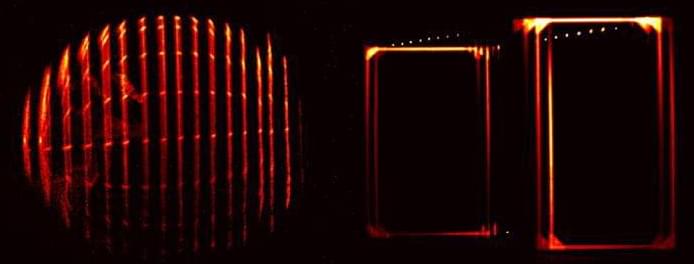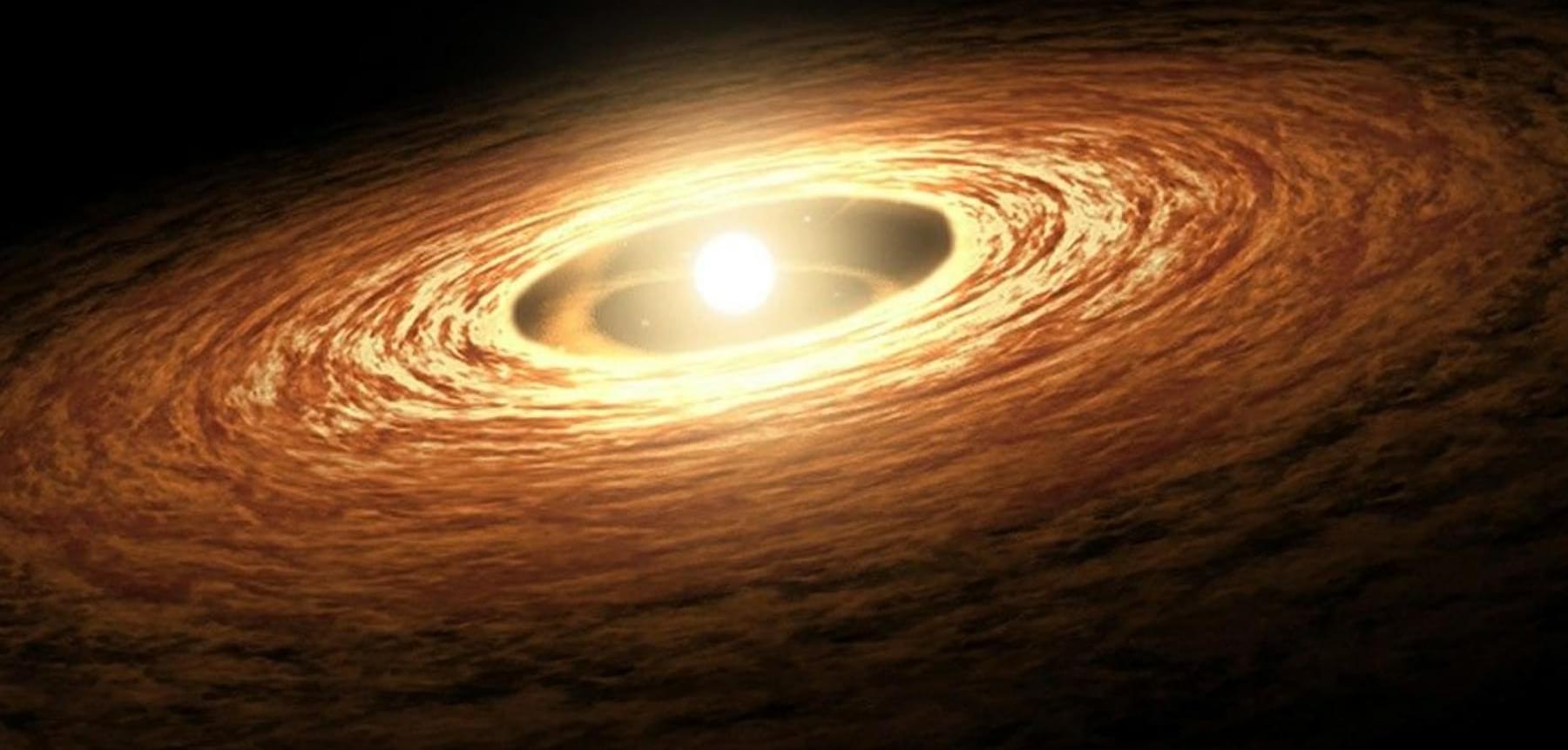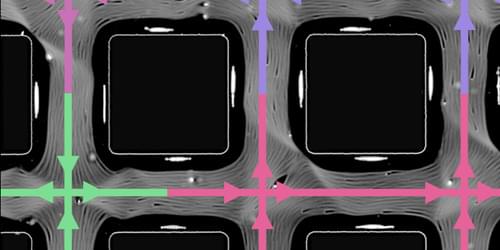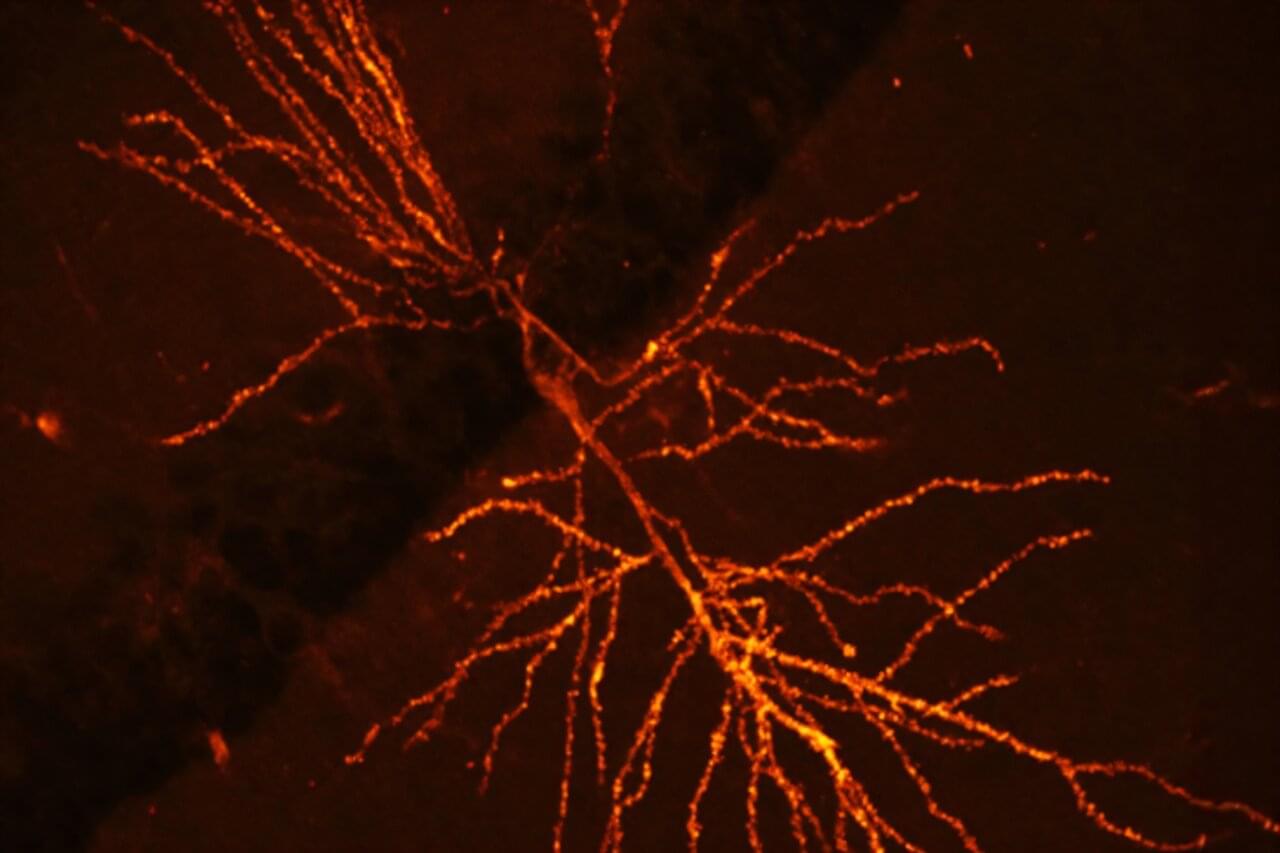Lex Fridman Podcast full episode: https://www.youtube.com/watch?v=A6m4iJIw_84
Thank you for listening ❤ Check out our sponsors: https://lexfridman.com/sponsors/cv8827-sb.
See below for guest bio, links, and to give feedback, submit questions, contact Lex, etc.
*GUEST BIO:*
Janna Levin is a theoretical physicist and cosmologist specializing in black holes, cosmology of extra dimensions, topology of the universe, and gravitational waves.
*CONTACT LEX:*
*Feedback* — give feedback to Lex: https://lexfridman.com/survey.
*AMA* — submit questions, videos or call-in: https://lexfridman.com/ama.
*Hiring* — join our team: https://lexfridman.com/hiring.
*Other* — other ways to get in touch: https://lexfridman.com/contact.
*EPISODE LINKS:*
Janna’s X: https://twitter.com/JannaLevin.
Janna’s Website: https://jannalevin.com.
Janna’s Instagram: https://instagram.com/jannalevin.
Janna’s Substack: https://substack.com/@jannalevin.
Black Hole Survival Guide (book): https://amzn.to/3YkJzT5
Black Hole Blues (book): https://amzn.to/42Nw7IE
How the Universe Got Its Spots (book): https://amzn.to/4m5De8k.
A Madman Dreams of Turing Machines (book): https://amzn.to/3GGakvd.
*SPONSORS:*
To support this podcast, check out our sponsors & get discounts:
*Brain.fm:* Music for focus.
Go to https://lexfridman.com/s/brainfm-cv8827-sb.
*BetterHelp:* Online therapy and counseling.
Go to https://lexfridman.com/s/betterhelp-cv8827-sb.
*NetSuite:* Business management software.
Go to https://lexfridman.com/s/netsuite-cv8827-sb.
*Shopify:* Sell stuff online.
Go to https://lexfridman.com/s/shopify-cv8827-sb.
*AG1:* All-in-one daily nutrition drink.
Go to https://lexfridman.com/s/ag1-cv8827-sb.
*PODCAST LINKS:*








